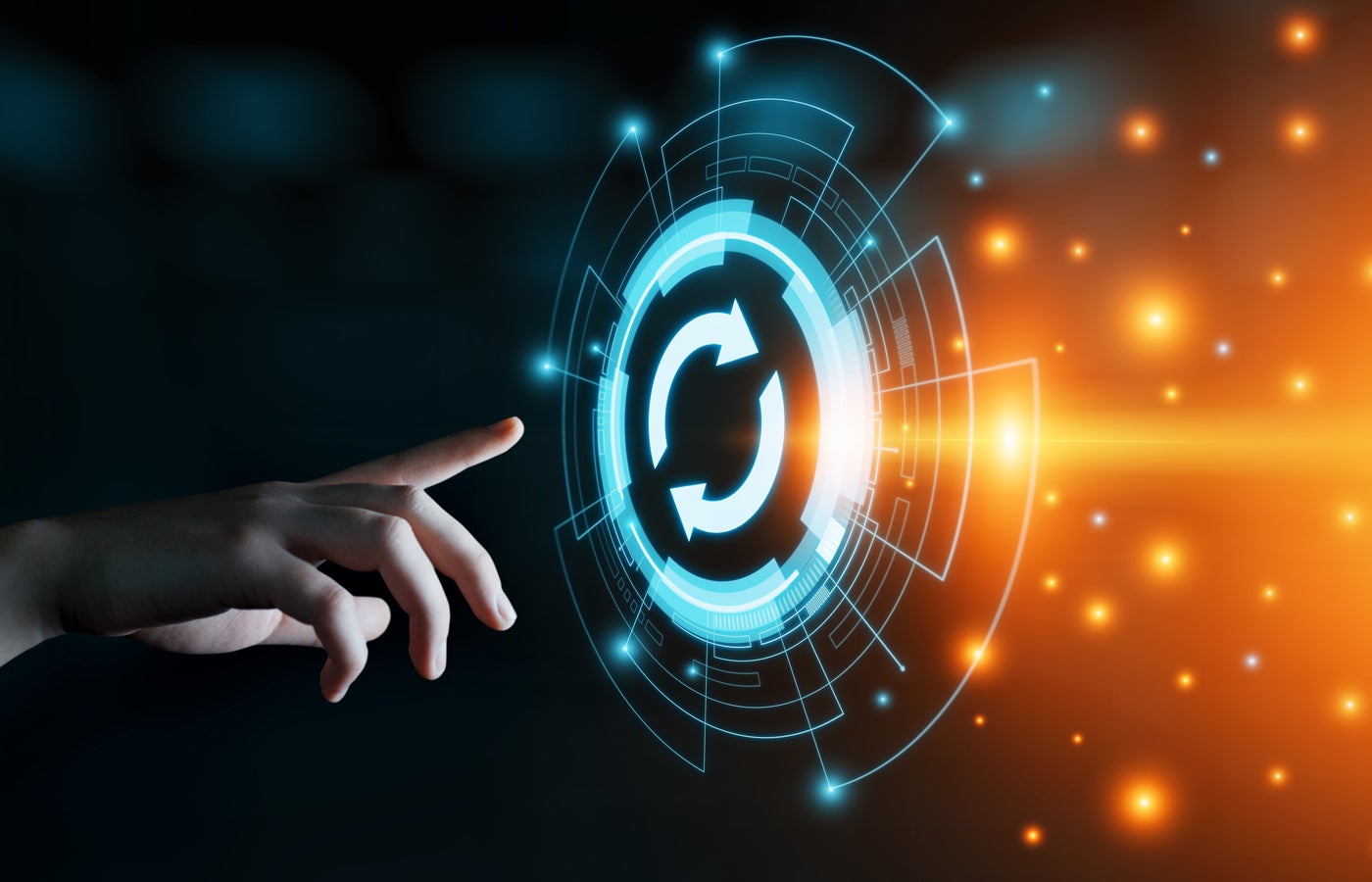Loon, the former Google X project and now independent Alphabet company, says it has built and deployed a new AI-powered navigation system that leverages reinforcement learning (RL) to steer balloons more accurately and efficiently through the stratosphere.
Developed in cooperation with the Google AI team in Montreal, Loon said the new navigation system is capable of teaching itself how to navigate balloons better than the original balloon navigation system, which was built by human engineers over the last decade.
During a head-to-head comparison of the human designed system and the reinforcement learning system, conducted over 39 days above the Pacific Ocean, Loon said the new navigation system kept a balloon over a defined location for longer periods of time while also using less power. The RL system also came up with complex navigational maneuvers that had not seen before.
The reinforcement learning system is now live across Loon’s fleet of stratospheric internet balloons, which are currently floating above Kenya in eastern Africa.
“The Loon and Google AI teams hope that beyond Loon, our work on stratospheric navigation can serve as a proof point that RL can be useful to control complicated, real world systems for fundamentally continual and dynamic activity,” Loon said in a blog post. “We think the Loon stationkeeping task highlights 12 aspects of RL that are important open research problems for the community to tackle. On Loon, we will continue to work together with the Google AI Montreal RL team to improve not only navigation for stratospheric balloons but also help influence how the field of RL evolves to be used for more and more systems like Loon.”
Loon is the former Google X project that was spun out as an independent company in 2018 alongside Wing, Alphabet’s drone business. The Loon balloons rely on network partnerships with global telcos to provide Internet coverage to underserved areas. According to Loon, each of its balloons, from 20km above earth, can cover an area of about 80km in diameter and serve about 1,000 users on the ground using an LTE connection.
In October 2017, Loon was granted permission by the US Federal Communications Commission to use its balloons to restore connectivity to Puerto Rico following the devastation of Hurricane Maria. The balloons were also used in 2017 when the El Nino floods devastated parts of Northern Peru, and again in 2019 when a 8.0 magnitude earthquake hit Peru. The balloons have been stationed over Kenya since July.




